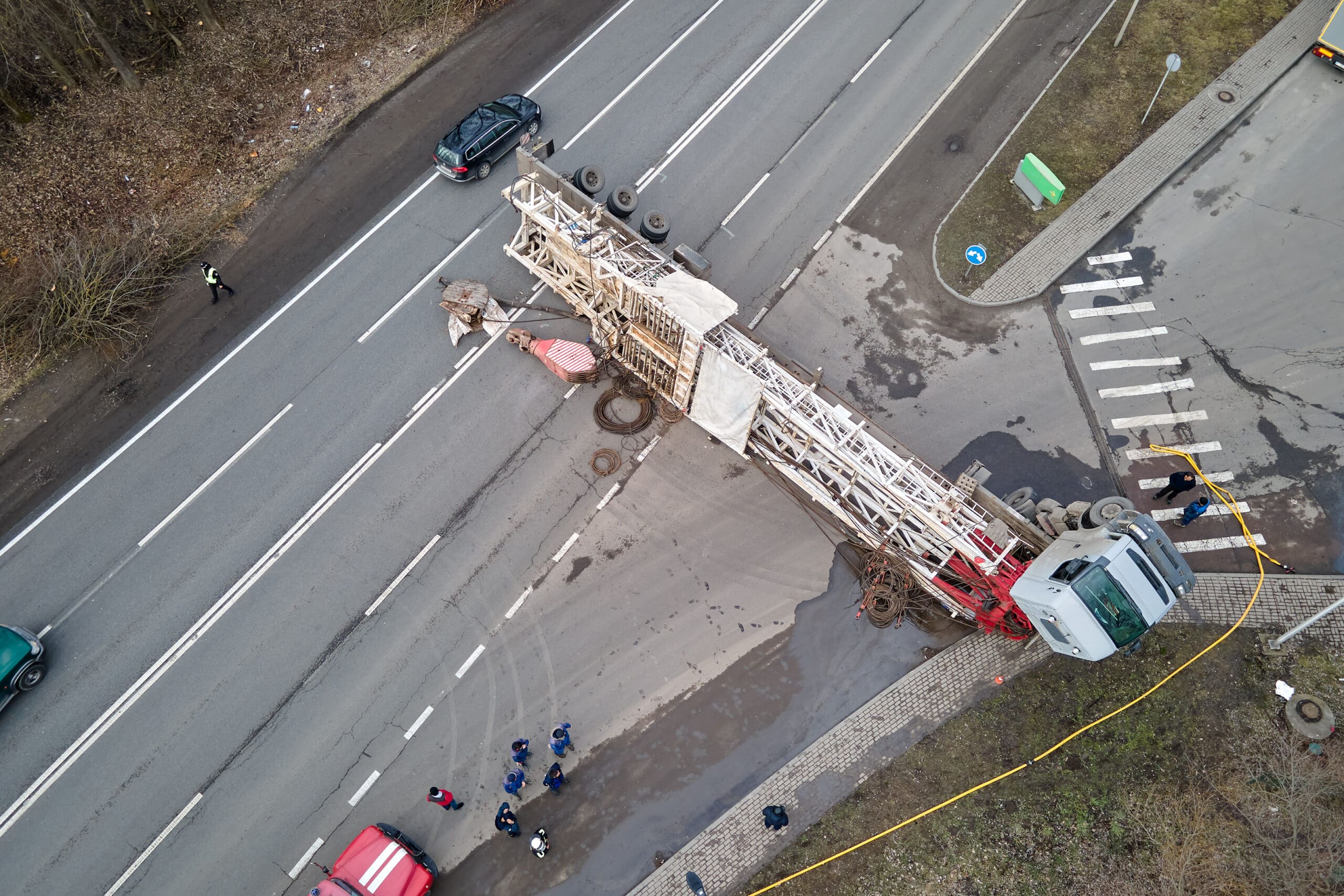15 Of The Top Injury Litigation Bloggers You Should Follow

Injury Litigation
The legal procedure which allows you to claim compensation for your injuries and losses. Your injury attorney will build strong evidence in your case, including eyewitness testimony, medical records, defendant statements and expert witness opinions.
Your lawyer will then submit your lawsuit. After the defendant has replied to the lawsuit, the case will move into the phase of fact-finding known as discovery.
The Complaint
Before a lawsuit can be filed, an injured party (plaintiff) must conduct pre-lawsuit discovery. This includes reviewing accident reports and conducting informal discovery and identifying any potentially liable parties and possible legal remedies that can be asserted against them.
The plaintiff can then file a summons with a complaint. The complaint identifies the party who is being sued and describes the harm that was caused by the defendant's actions or lack thereof. It typically contains a request for compensation for injuries suffered by the victim, including medical bills as well as lost wages or income, as well as pain and other damages.
The defendant has 30 days to respond, also referred to as an answer. In this response, the defendant may admit or deny any allegations made in the complaint. They may also file an additional counterclaim or add a third-party defendant the suit.
During the discovery stage, both parties will exchange relevant information regarding their positions and evidence. This usually includes depositions, written questions (called interrogatories) and requests for documents. This phase usually takes up most of the time for the lawsuit. If there are settlement opportunities that are available, they will be negotiated during this period. If not the case will go to trial. In this time your lawyer will explain your side of the story before a judge or jury and the defendant will defend themselves.
The Discovery Phase

Discovery is a formal stage that allows you and your legal team to share information with the other party and collect evidence. It could include witness statements or details of the treatment you received from your doctor, and evidence of losses you've suffered. Your attorney will have access to a variety of tools to assist you during discovery, such as interrogatories and requests for documents. Interrogatories are written questions that require a response written, while request for documents involves requesting all relevant documentation under the control of the parties. Requests for admissions require the other party to admit certain facts. This can reduce time and cost since lawyers do not have to prove these facts at trial. Depositions are live conversations with witnesses where your attorney is able to interview them about the incident under oath. get their answers recorded, and then transcribed by a court reporter.
Discovery can be an uncomfortable, lengthy and intrusive process, but it is necessary to gather the evidence you require to win your injury claim. Your attorney will be in a position to discuss the details of the discovery process with you during your complimentary consultation. If you attempt to conceal an injury that was already present and aggravated due to a preexisting medical condition the information could be found out during discovery and your case could be dismissed.
The Negotiation Phase
Negotiating a settlement is the aim of the majority of injury cases. The process to achieve this goal is usually a back-and-forth exchange between your lawyer and the responsible party's insurance company. This may include informal conversations/correspondence (by phone, in meetings, by email) where the parties trade offers and counter-offers. Your lawyer can help decide on the number you want to demand your settlement and then assist in negotiations.
injury claim berkeley of the issues with the process of settling a claim for injury is that the amount of your damages (including medical bills loss of income, future losses - is a constantly changing aspect. Your injuries can get worse over time. This could increase future loss or reduce the value of your current losses. Your attorney will ensure that damages are determined based on the severity of your injuries as well as the probability of future recovery.
Insurance companies typically attempt to limit the amount they pay by challenging certain elements of your claim. This can delay settlement negotiations, but your lawyer has strategies to help you get through these challenges and reach the best possible outcome for your case. In some instances the process of negotiating an agreement could be a long process that can take months or even years. Negotiations can last for months or even a whole year based on many factors.
The Trial Phase
Most injury cases are settled outside of court through settlement negotiations. If an agreement is not reached your lawyer could decide to go to trial. This can be a stressful costly and time-consuming process. The jury must also decide if you are compensated for your injuries and, If so, what amount. Your lawyer must thoroughly research your case in order to understand the circumstances of your injury, as well as the severity of the injuries, damages and costs.
At this point, your lawyer will summon witnesses and experts to testify, and present physical evidence such as documents, photos, and medical reports. This is known as the "case-in-chief" phase. The defense attorney will summon witnesses to testify for counter argument, and argue that plaintiffs should not be awarded damages. The judge or jury then weighs the arguments and evidence of both parties.
The judge will explain to jurors the legal standards that must be met in order to decide in the favor of plaintiffs or against defendants. This is known as jury instruction. After that, both sides present their closing arguments. If the jury is not able to agree on a verdict the judge will declare that the trial is an unconstitutional trial. In rare instances appeals might be available if you're unhappy with the outcome of your trial.
